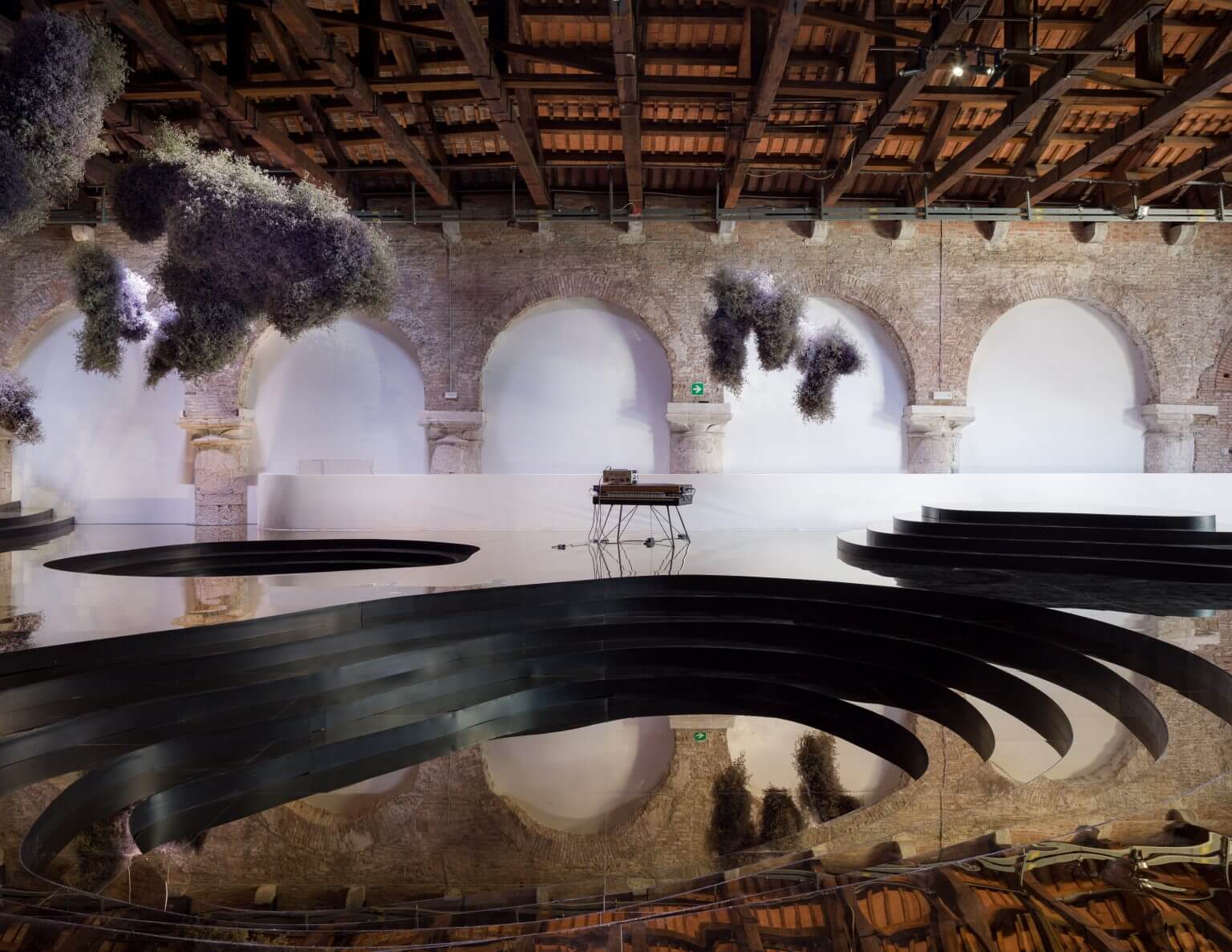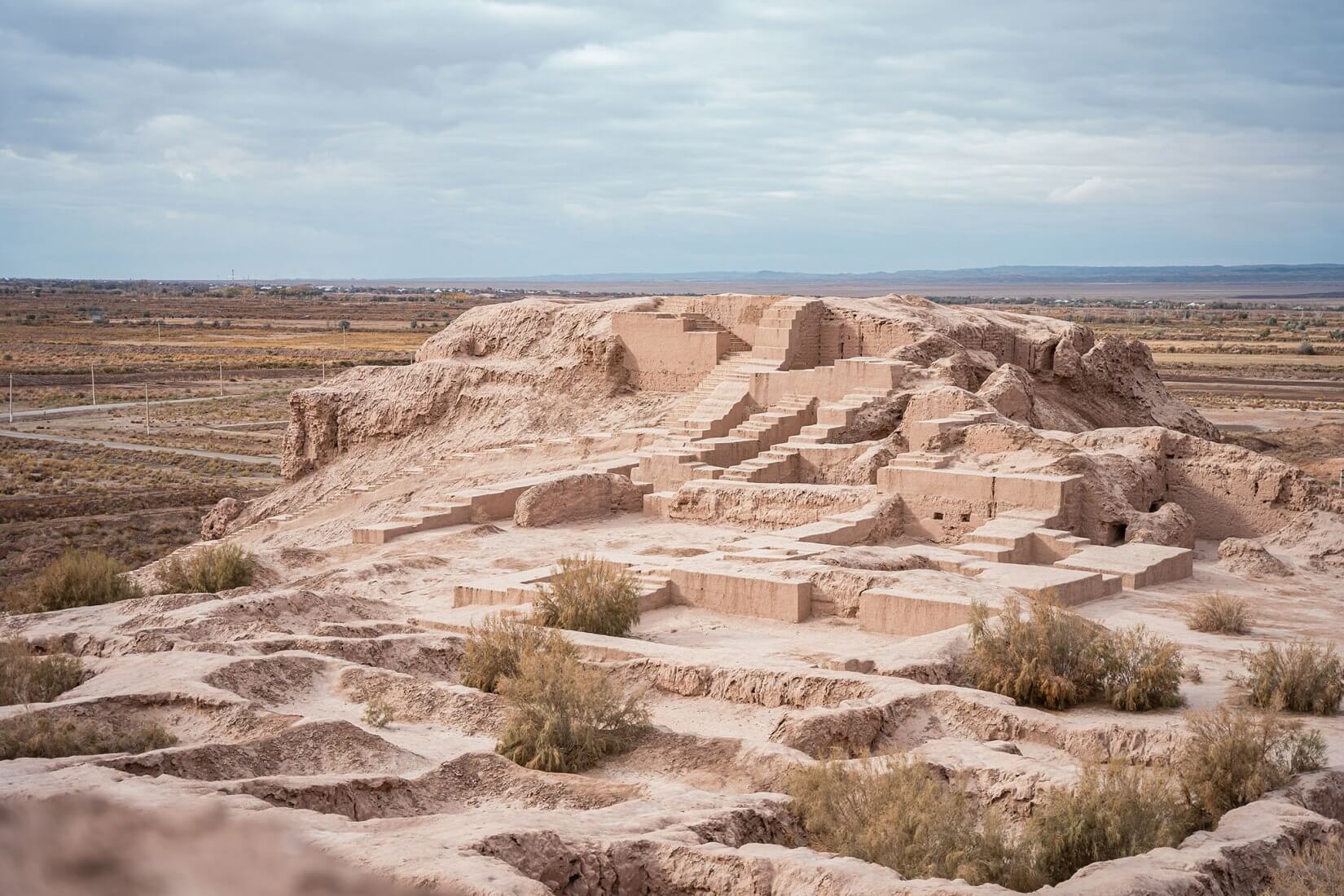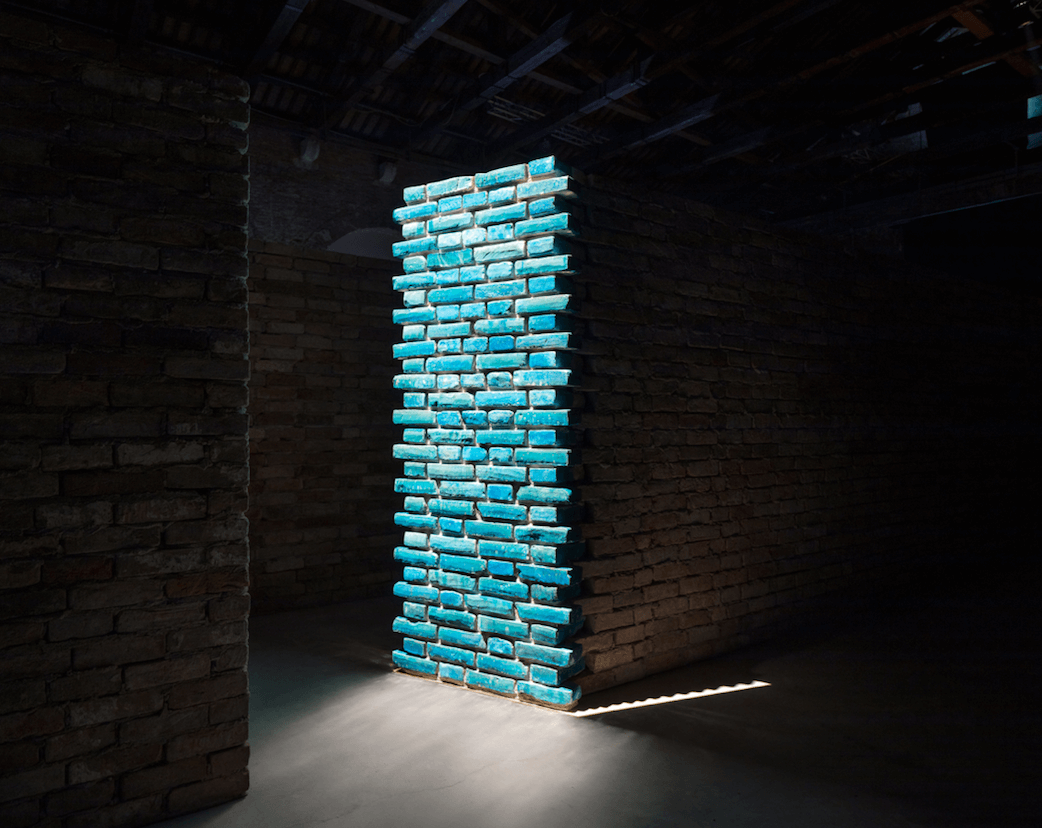Exploring the Artistic and Cultural Heritage of Uzbekistan: An Interview with Gayane Umerova
Gayane Umerova
MS: Gayane Umerova, you are the Chairperson of the Art and Culture Development Foundation of the Republic of Uzbekistan. As an art critic, you are also the Secretary-General of the National Commission of Uzbekistan for UNESCO Affairs. Can you tell us from a personal perspective how your love for the world of art and culture in general developed and what were the key milestones in your journey that led you to hold such an important institutional role?
GU: My connection to art and culture has always been profound and deeply personal, an indelible bond that was forged in the rich tapestry of my native Uzbekistan. The art, music, and architectural heritage of my homeland were my earliest tutors, kindling an affinity that grew into a mission. My academic pursuits at the School of Integrated Arts, Westminster International University, Central Saint Martins College of Arts, the University of Manchester, University of Oxford, and Sotheby’s Institute of Art were not just steps in my education; they were chapters in an unfolding narrative of personal growth and exploration, realizing art’s power as a universal language.
As I moved forward, every project that I undertook – from commissioning the three years of the Uzbekistan National Pavilion in Venice to the exhibitions in the Louvre and Institut du monde arabe — was a tribute to my commitment to preserve and promote Uzbek art and culture. As the of the Art and Culture Development Foundation, I view my role not merely as a position of leadership, but as an opportunity to affect change on a grander scale. My focus is on large-scale projects that not only enhance our national cultural narrative but also strengthen our dialogue with the world. This is not just a profession for me; it is a life-long mission. It’s a love for the past and commitment to the future, all fueled by the conviction that art and culture are the soul of a nation, a reflection of our collective identity, and the bridge to our shared future.

MS: We awaited with great curiosity the first participation of the Republic of Uzbekistan in the Venice Biennale. In 2022, during the 59th International Art Exhibition, the Art and Culture Development Foundation (ACDF) of the Republic of Uzbekistan presented “Dixit Algorizmi: The Garden of Wisdom” curated and designed by Studio Space Caviar and Sheida Ghomashchi. You proposed a reflection on the influential work of Muhammad ibn Musa al-Khwārizmī, a scientist and scholar born and raised in the present-day Uzbek city of Khiva. How were you received by the city of Venice, and what did your participation in the Venice Biennale represent for you?
GU: Our participation in the Biennale as the Republic of Uzbekistan’s first exhibit was met with great curiosity, and we were pleased to have hosted an extensive public program that connected scientists, architects, designers, musicians, and choreographers.
Unlike other exhibitions at the Biennale, “Dixit Algorizmi” was a very spatial project, an embodied Islamic garden where visitors could rest and reflect, with an extensive public programme, where our lectures and concerts were always full. For us, it was also important to connect with the overall context of Venice and further build connections between Uzbekistan and this historical city, which already exists in the context of the Silk Road. To do so, we organised a workshop called “Panoptic Garden,” curated by Sara Raza and Andris Brinkmanis, which explored Venice as a utopian and heterotopian space. We also partnered with Floating Cinema, a local and extremely important film festival hosted in the middle of the Venice Lagoon on a floating platform. We showed the first Uzbek film “The Minaret of Death” accompanied by traditional Uzbek music by Abror Zufarov.

MS: Uzbekistan is a country with a rich and diverse cultural heritage. On the occasion of the 18th International Architecture Exhibition in Venice, titled “The Laboratory of the Future,” you presented a project centered around the ruins of qalas, ancient fortresses in the region of Karakalpakstan, part of the Khorezm civilization’s heritage. The pavilion is called “Unbuild Together: Archaism vs. Modernity”. Considering the theme of the Biennale, we could say that there is no future without history. Could you tell us something about the curatorial choice that led you to develop this project?
GU: The collective dimension of ‘together’ in the context of the Pavilion of the Republic of Uzbekistan encompasses both archaism and modernity. It represents a connection between the young generation and their ancestors, bridging the past and the present. “Together” signifies the involvement and engagement of the Uzbek community, as well as the broader global community, in shaping a sustainable future for the planet.
In today’s world, architecture faces a significant crisis in terms of its environmental impact and long-term sustainability. Unlike in ancient times, where structures were built to withstand the test of time, modern architecture often incorporates elements of planned obsolescence. This approach prioritises short-term convenience over long-term ecological considerations.
By emphasising the notion of ‘un-building’, we aim to raise awareness about the importance of deconstruction, adaptability, and circularity in architecture. We encourage a shift in mindset towards designing spaces that can be dismantled, repurposed, and reintegrated into new structures or landscapes. The reclaimed Venetian bricks that were used for the Pavilion’s labyrinth walls, will be used for further reconstructions of Venetian architectural heritage. The blue bricks glazed by Abdulvahid Bukhoriy will travel back to Uzbekistan and will become a part of Centre for Contemporary Art in Tashkent, another project by Studio KO.
We value Studio KO’s dedication to fostering creativity and education, modernity and tradition, within the context of Uzbekistan’s rich cultural fabric. Studio KO has established a strong relationship with the ACDF in Tashkent, having been entrusted with two major projects that beautifully blend contemporary design with a profound respect for Uzbekistan’s heritage. Their transformation of a 1912 diesel station into the future Centre for Contemporary Arts (CCA), the country’s first contemporary art centre, exemplifies their ability to breathe new life into historic structures while preserving their essence. Furthermore, the Mahalla Artist Residencies (MAH) project showcases Studio KO’s dedication to fostering creativity and education, modernity and tradition, within the context of contemporary Uzbekistan.

MS: What are the main missions of the Foundation in the field of contemporary arts, and what are the projects you are currently working on and will soon present in Italy and Europe?
GU: The main missions of the Art and Culture Development Foundation of the Republic of Uzbekistan are to foster international cooperation and promote the culture of Uzbekistan on the international stage. We showcase our national heritage by initiating projects in various fields, such as fine arts, architecture, literature, theater, music, craft, design, and dance. Our mission is to create an inclusive and accessible environment in the country’s cultural institutions, to contribute to the renovation of museums, and to develop cultural patronage and professional training for the arts and culture sector.
We have several exciting projects in the works that we will soon present in Italy and Europe. Earlier in September, we held an exhibition at the UNESCO headquarters in Paris featuring the works of Beruni. In October, we will be presenting in London our concept for art residencies for Centre for Contemporary Arts (CCA) in Tashkent. In the spring, we will have exhibitions at the Uffizi Gallery in Florence and at Ca’ Foscari in Venice. We are very excited about these upcoming and very diverse projects and the opportunity to showcase Uzbekistan on the international stage.


